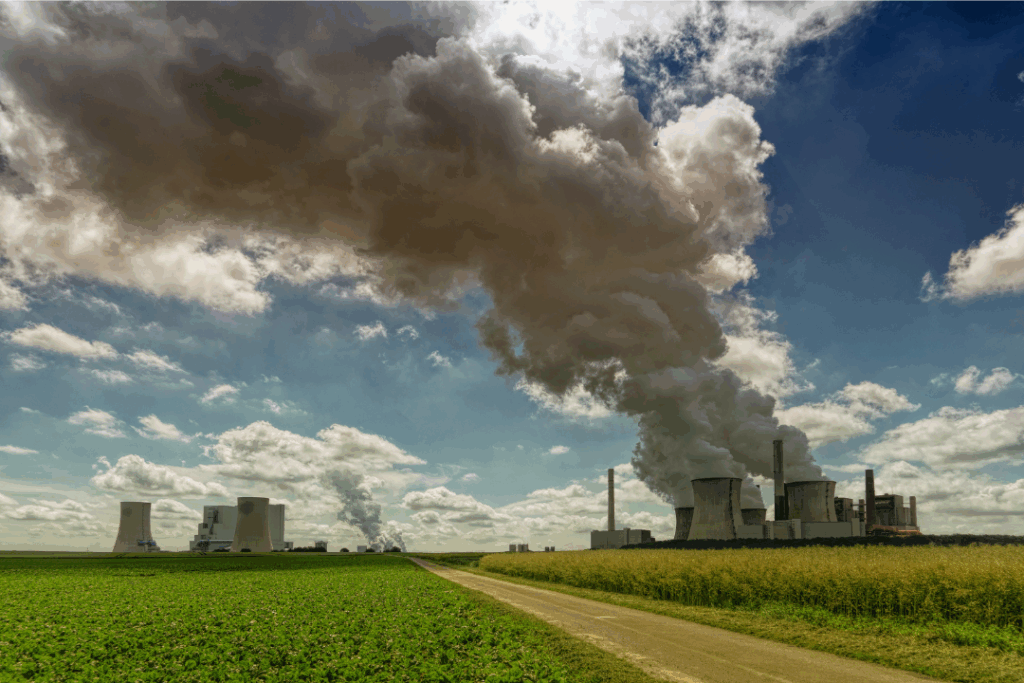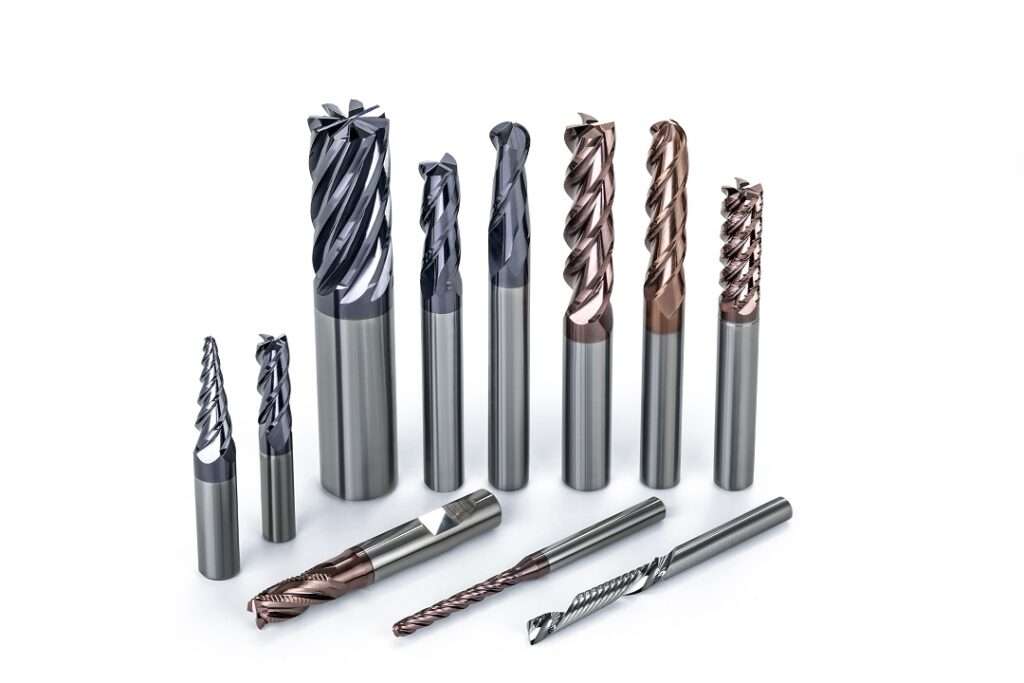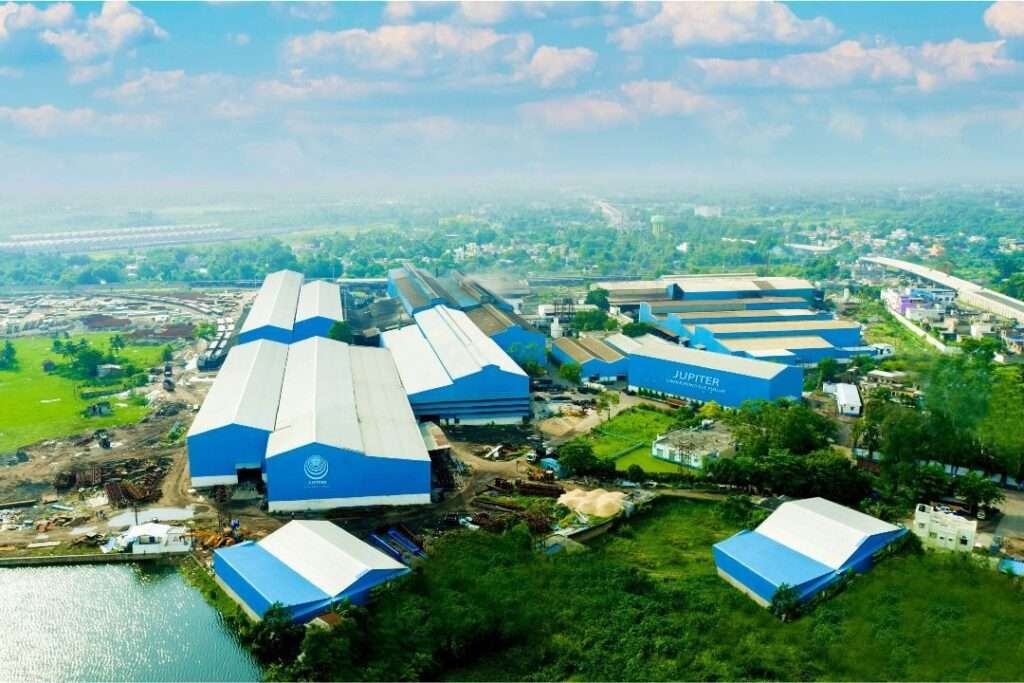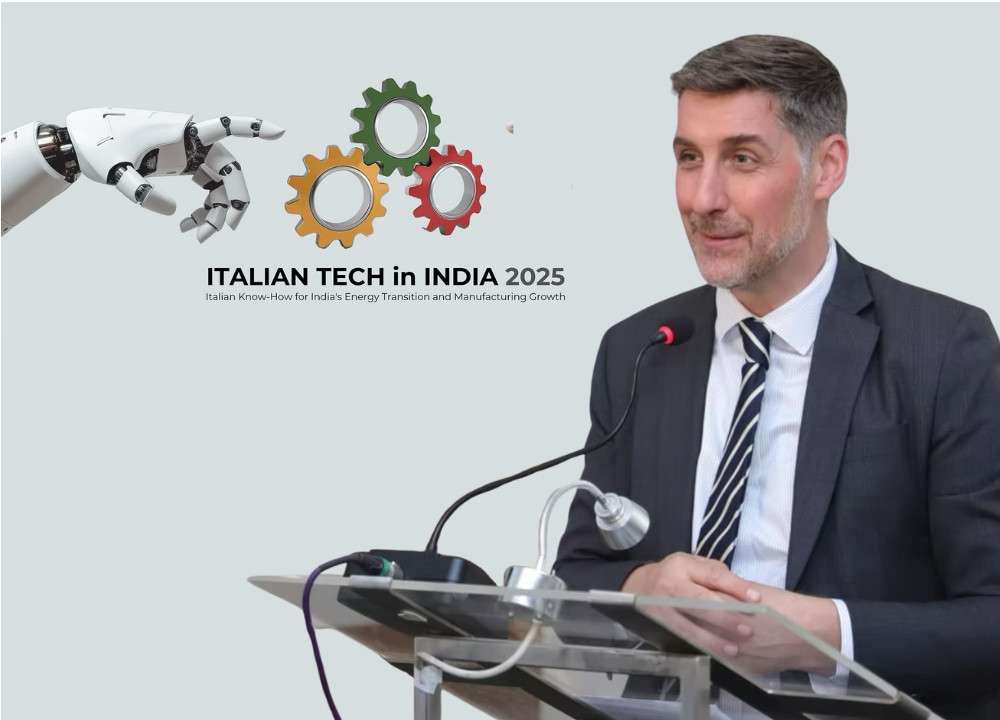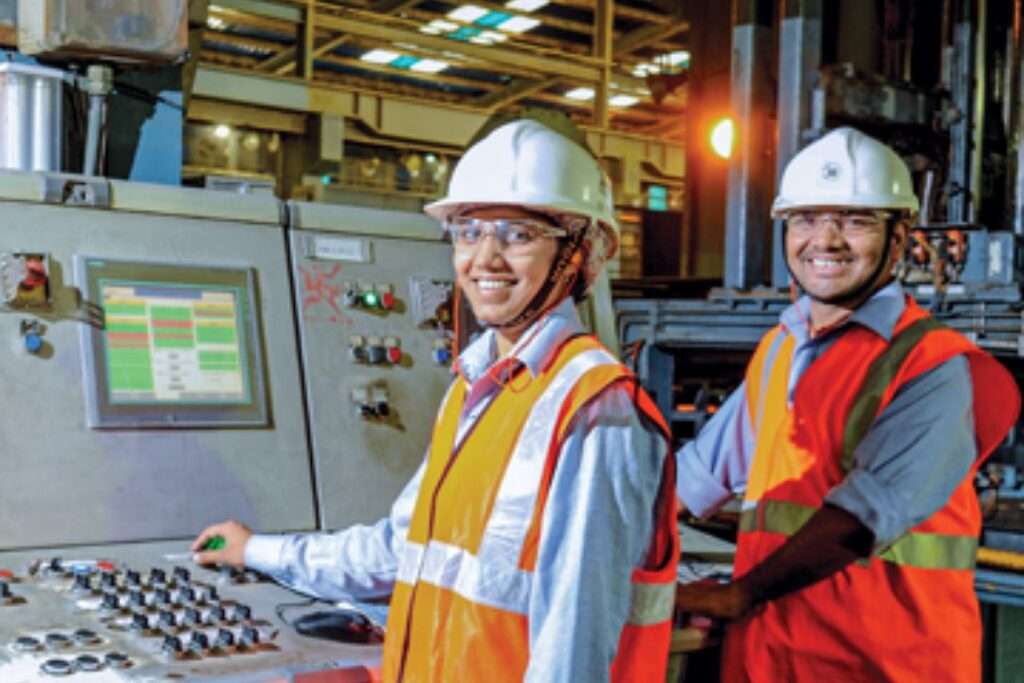High-rise residential buildings have become an essential part of modern urban landscapes, offering housing solutions to accommodate growing populations. However, as cities continue to expand, ensuring proper indoor air quality in these towering structures has become a major challenge. Traditional ventilation methods often fall short in providing sufficient airflow while consuming excessive energy. In response to these concerns, eco-friendly ventilation systems are emerging as a sustainable alternative to enhance air quality, improve energy efficiency, and reduce the environmental impact of urban housing.
Urbanization has led to increased pollution levels, making effective ventilation a necessity in high-rise buildings. Poor indoor air quality can cause respiratory issues, allergies, and overall discomfort for residents. The limited availability of natural ventilation in high-rise structures further exacerbates the problem, as outdoor air circulation is often obstructed by other buildings. Advanced ventilation systems are designed to address these challenges by ensuring a continuous supply of fresh air while filtering out pollutants and maintaining energy efficiency. These systems play a crucial role in creating a healthier indoor environment by balancing air circulation, reducing airborne contaminants, and utilizing smart technology to optimize airflow.
Modern eco-friendly ventilation systems incorporate advanced technologies that enhance their performance. Energy recovery ventilators (ERVs) capture and reuse heat from exhaust air, reducing the need for additional heating or cooling and lowering overall energy consumption. Smart sensors continuously monitor indoor air quality and adjust airflow accordingly, ensuring that fresh air is supplied when needed while preventing energy wastage. High-efficiency particulate air (HEPA) filters trap airborne particles, including dust, allergens, and pollutants, significantly improving indoor air quality. Additionally, the integration of renewable energy sources, such as solar-powered ventilation systems, further reduces the building’s dependence on non-renewable energy.
The adoption of sustainable ventilation systems in high-rise buildings brings numerous benefits. Improved air quality leads to better health outcomes, reducing the risk of respiratory diseases and allergies among residents. By optimizing airflow and recovering energy, these systems help lower electricity bills and decrease operational costs for both residents and building managers. Furthermore, the reduction in carbon emissions contributes to environmental sustainability, supporting global efforts to combat climate change. Many modern ventilation solutions also align with international green building standards such as LEED and IGBC, increasing property value and making high-rise residences more attractive to environmentally conscious buyers.
Despite their advantages, implementing advanced ventilation systems in high-rise buildings presents certain challenges. High initial costs and the need for specialized installation can deter some developers from adopting these technologies. Additionally, space constraints in densely populated urban areas can make it difficult to integrate large ventilation units into existing structures. However, ongoing advancements in compact and modular ventilation designs are helping to overcome these limitations. Government incentives and policies promoting green building practices are also making sustainable ventilation solutions more accessible.
The future of ventilation in high-rise buildings lies in fully automated, AI-driven solutions that seamlessly integrate with smart home systems. As cities continue to grow and evolve, eco-friendly ventilation will play a crucial role in shaping healthier, more sustainable urban living spaces. Investing in these technologies today will help pave the way for a cleaner and more energy-efficient future, ensuring that high-rise residents enjoy both comfort and sustainability in their homes.



